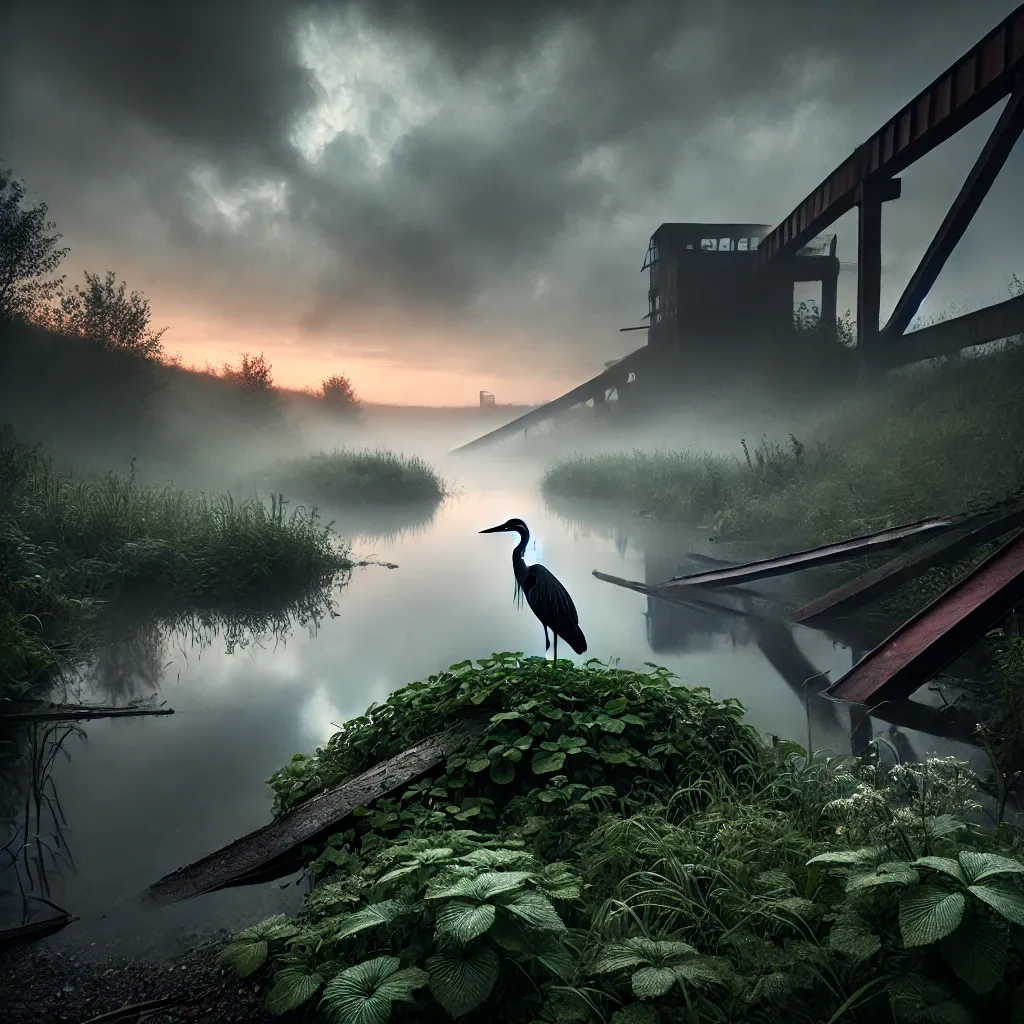The Last Generation To See The World As It Was, As It Is, and As It Will Be

The river moves slowly at the bend, where the banks have deepened with time. A heron stands still in the reeds, waiting, knowing, watching. It has no illusions about the world—no sentimentality about yesterday, no false hope for tomorrow. It survives because it understands what it is.
There is something to be learned from the heron.
We are living through the great unwinding of an empire. The signs are everywhere, scrawled across the face of a land that once believed itself immortal. The weight of too many borrowed years is pulling the edges apart—supply chains fracturing, currency stretched thin, generations wandering without purpose. This is what collapse looks like, not a single moment but a slow erosion, like wind over stone.
And yet, there is a generation that stands in the middle of it, neither young enough to still believe in the dream nor old enough to have cashed out before the reckoning. A generation raised in the shadow of greater things, taught self-reliance not as a philosophy but as a necessity. They do not panic. They do not wait for salvation. They know the weight of things.
They are the last ones to remember a world before everything became disposable.
They are the last ones to have built tree forts out of scrap wood and pilfered nails. To have roamed neighborhoods without the tether of cell phones, out past dusk, guided only by the instinct to return home when the streetlights flickered on. They grew up knowing how to be alone without being lonely, how to get lost and find their own way back.
They remember when machines could be taken apart and understood, when a car engine was something a father and child could fix in the driveway with a socket wrench and patience. They knew how to make things last—not because it was fashionable, but because it was the only way. They learned to stretch a dollar, to make a meal from whatever was left in the pantry, to carry the quiet burden of knowing that no one was coming to save them.
They watched their parents, the last of the industrial faithful, build a life on promises that would never hold. Pensions vanished. Careers turned into contract work. The factories dimmed one by one, and no one had the heart to tell the workers that they weren’t coming back.
And still, they endured.
The world they inherited was one of uncertainty, but they met it with the quiet resilience of those who had already been left to fend for themselves. They adapted not out of fear, but because adaptation was survival. They learned the old ways while still understanding the new—able to split firewood, fix a carburetor, set up a network, and write code.
They are the last bridge between the tangible and the digital, the physical and the ephemeral. The last ones to remember what it was like before everything became abstract—before food came in shrink-wrapped packages without dirt on its roots, before water came in bottles instead of from the tap, before knowledge came from a search bar instead of the slow accumulation of trial, error, and time.
And as the world unravels at the edges, they do not clutch their pearls or gnash their teeth. They have seen this coming. They have lived in its margins for decades.
They know the heron does not cry out when the river changes course. It does not pray for yesterday. It moves, it waits, it learns.
And it survives.
--The Truth is Out There
-Generation X